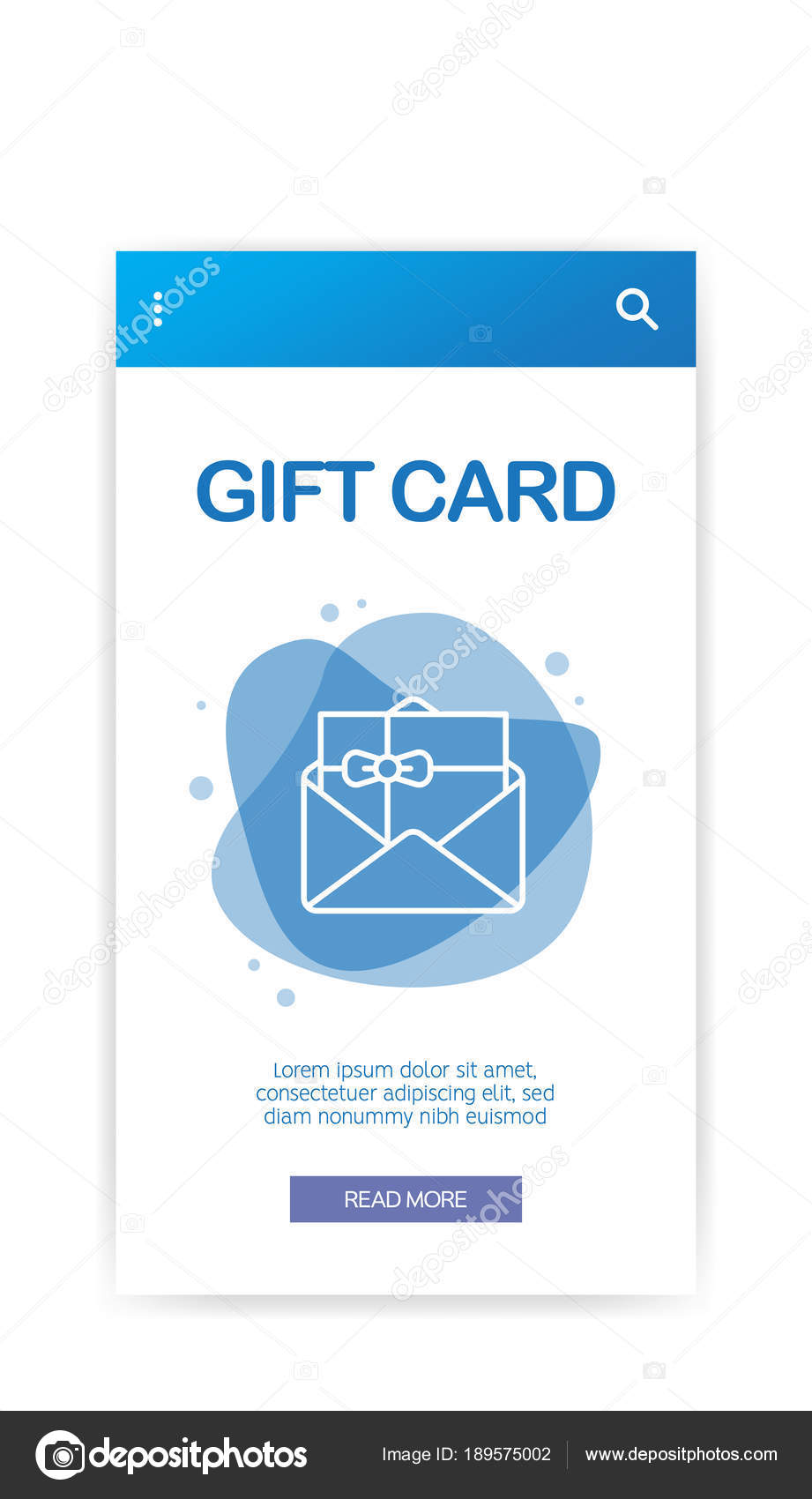Personalized glass awards evoke an unwavering spirit of dedication and quality. They cultivate a society of recognition that transcends hierarchical borders.
Wheel engraving is displayed on a goblet likely made in the 1700s covered with complex Chinese-style themes. These concepts introduced obligation to the Jacobite reason. This is a remarkable example of how imported Asian products influenced European style patterns.
Beginnings
As glassmaking ended up being a lot more innovative, engravers became aware that a layout included in an item of glass changed it from useful right into preferable. They trying out a selection of damaging, abrading and reducing strategies.
One of the most skilled engravers produced fine detailed work. Anna Roemers Visscher, who was a glass cutter and engraver, was renowned for her delicate blossoms, motivated by the nature publications preferred in her time.
Engravers additionally sculpted great linework into glass. By the end of the 17th century, engravers had begun to abandon linear clarity in favour of crosshatched chiaroscuro effects. One of the earliest instances is videotaped on a container by a Rotterdam engraver that authorized his deal with a doodled flexibility and vigour that lifted it above the rest.
Inscribing remained to be a preferred method, although it was progressively eclipsed by cut glass and new techniques such as etching, which was cheaper than engraving. Nonetheless, economic pressures after c1905, along with decreasing high quality of cut glass, saw an increase in the popularity of personalized glass, called rock crystal.
Strategies
Glassmakers utilized a range of techniques to mark or decorate the surface area of a vessel, usually incorporating various techniques. One technique called stipple inscription, as an example, utilizes a point of tungsten or diamond to make small dots on the glass surface area which produce contrasting white lines when light lusters through them.
Engraved glass honors are treasured for their beauty and status. They reflect the deep esteem and regard that business hold for their workers and foster a society of quality.
The translucency of glass embodies the openness and sincerity of corporate recognition, urging receivers to take stock of their success and review their journey in the organization. In addition, the capacity of engraved glass to display tailored message and imagery permits the development of highly unique and purposeful awards that evoke the feeling of grandeur associated with this impressive material.
Styles
From the streamlined lines of business awards to the engraved text on glass trophies, etched crystal is a stylish symbol of acknowledgment. Whether displayed on someone's workdesk or maintained as a keepsake, these tailored pieces convey a feeling of status and professionalism that is hard to discover in other products.
The style of personalized glass has transformed gradually to reflect transforming tastes and technical developments. The ancient method of copper-wheel engraving has actually defied forecasts of obsolescence, and new strategies like etching are taking over where stippling once held sway.
The earliest diamond-point inscription, of the 16th century, is stiff and official. It gradually came to be much more flexible and pleasing, but can meaningful custom glass phrases quickly deteriorate into over-elaboration. In the 19th century Thomas Webb & Sons presented "rock crystal" with deep cutting and copper-wheel engraving, which copied high-end vessels cut of rock crystal in Europe and the Orient (see Ewer by Webb & Sons). The company's primary engravers were Bohemian immigrants Frederick Engelbert Kny and William Fritsche, that signed their collaborate with a monogram G.
Definition
Engraved glass was pricey and sought after. This was due to the fact that it involved one of the most demanding glass refining strategy and depended on the accuracy and effort of a proficient craftsman. The highest point of inscribing was available in the 17th century and was significantly a part of the Baroque and Rococo periods.
Throughout this time, engraved cups could be used to connect messages of social status. They would certainly display household crests and political obligations. They could likewise show off one's taste for the most up to date fashion and layout trends.
Today, engraved glass is still a vital art form. Nevertheless, advances in innovation and laser modern technology have streamlined the process and made it extra precise. The resulting complex layouts are both spectacular and long lasting. Moreover, new sorts of glass have been established to react far better to lasers. This has broadened the opportunities for artists and designers. It likewise decreases the environmental effect of the procedure. For example, optical crystal is an outstanding selection for personalized awards since it is clear and mirrors light well.
